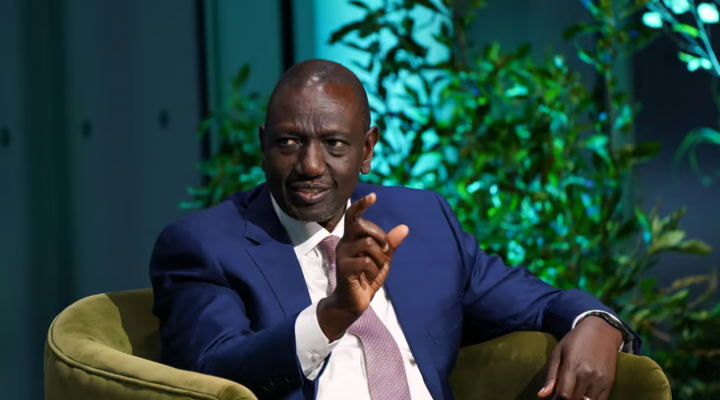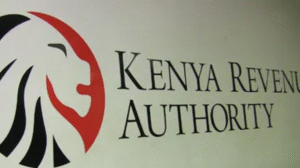As of June 2024, Kenya’s external debt profile has reached major levels, reflecting the country’s reliance on various creditors to fund its ambitious infrastructure and development projects.
The debt, owed to a range of multilateral, bilateral, and commercial lenders, has brought both opportunities and challenges as the government navigates the complexities of fiscal responsibility while pursuing economic growth.
The International Development Association (IDA) stands out as Kenya’s largest multilateral creditor, with the country owing approximately KSh1.5 trillion.
Known for its concessional lending terms, the IDA has supported many development projects in Kenya, providing low-interest loans with favorable repayment schedules.
However, the debt profile also features substantial commercial lending, with commercial banks holding KSh1.2 trillion, primarily through Eurobonds and other commercial instruments.
This massive exposure to commercial debt raises concerns due to the generally higher interest rates associated with these loans, which create ongoing fiscal pressures.
China, a major partner in Kenya’s infrastructure development, is also a prominent creditor, with KSh507 billion owed, largely dedicated to high-profile projects such as roads, railways, and energy infrastructure.
These investments have driven development but also increased Kenya’s dependency on external financing.
Additional multilateral lenders, including the African Development Bank (ADB/ADF) and the International Monetary Fund (IMF), hold debts of KSh507 billion and KSh429 billion, respectively.
These institutions provide concessional funding, which is less costly to service and thus preferable for long-term sustainability.
Kenya’s debt to bilateral lenders is smaller in comparison, with France and Japan holding KSh91 billion and KSh78 billion, respectively.
Around KSh481 billion in debts is spread across various other lenders, including private sector creditors.
Altogether, Kenya’s debt profile reflects a broad array of funding sources, demonstrating the government’s efforts to diversify its borrowing to mitigate risks.
However, this diversification also poses challenges, particularly because around 67% of the debt is denominated in foreign currencies, primarily the U.S. dollar, which exposes Kenya to exchange rate fluctuations.
Kenya’s growing reliance on commercial debt has placed significant pressure on its finances, with the cost of servicing these obligations rising as global interest rates fluctuate.
Recognizing this strain, Kenyan authorities are shifting their borrowing strategy, focusing more on concessional loans from multilateral organizations, which offer lower interest rates and longer repayment periods.
Additionally, the government is pursuing debt restructuring efforts, seeking to renegotiate high-interest loans to relieve some of the pressure on public finances.
Concerns over the sustainability of Kenya’s debt remain high, particularly as interest expenses continue to consume a substantial portion of the budget.
While external debt enables the government to pursue developmental projects, the costs associated with these loans especially the commercial ones risk crowding out spending on critical services such as health, education, and social welfare.
To counteract these risks, Kenyan policymakers are prioritizing fiscal consolidation, with aims to reduce the debt-to-GDP ratio and boost tax revenues to close the fiscal deficit.
However, implementing these measures is challenging and dependent on the country’s economic performance, as well as global financial conditions.Managing Kenya’s external debt requires a delicate balance.
On one hand, borrowing supports the infrastructure and economic initiatives needed to stimulate growth.
On the other, the government must ensure that debt remains at a sustainable level to avoid compromising future budgets.
As part of its debt management strategy, the Kenyan government is also taking steps to strengthen domestic revenue collection, reduce unnecessary expenditures, and enhance transparency in public financial management.In conclusion, Kenya’s current debt levels underscore both its developmental ambitions and the fiscal challenges it faces.
While concessional loans from multilateral institutions offer some relief, the risks associated with commercial and bilateral debt must be managed carefully to avoid compromising the country’s economic stability. As Kenya continues to prioritize economic growth and development, effective debt management and a focus on sustainability will be crucial to achieving long-term stability and fiscal resilience.





















Add Comment